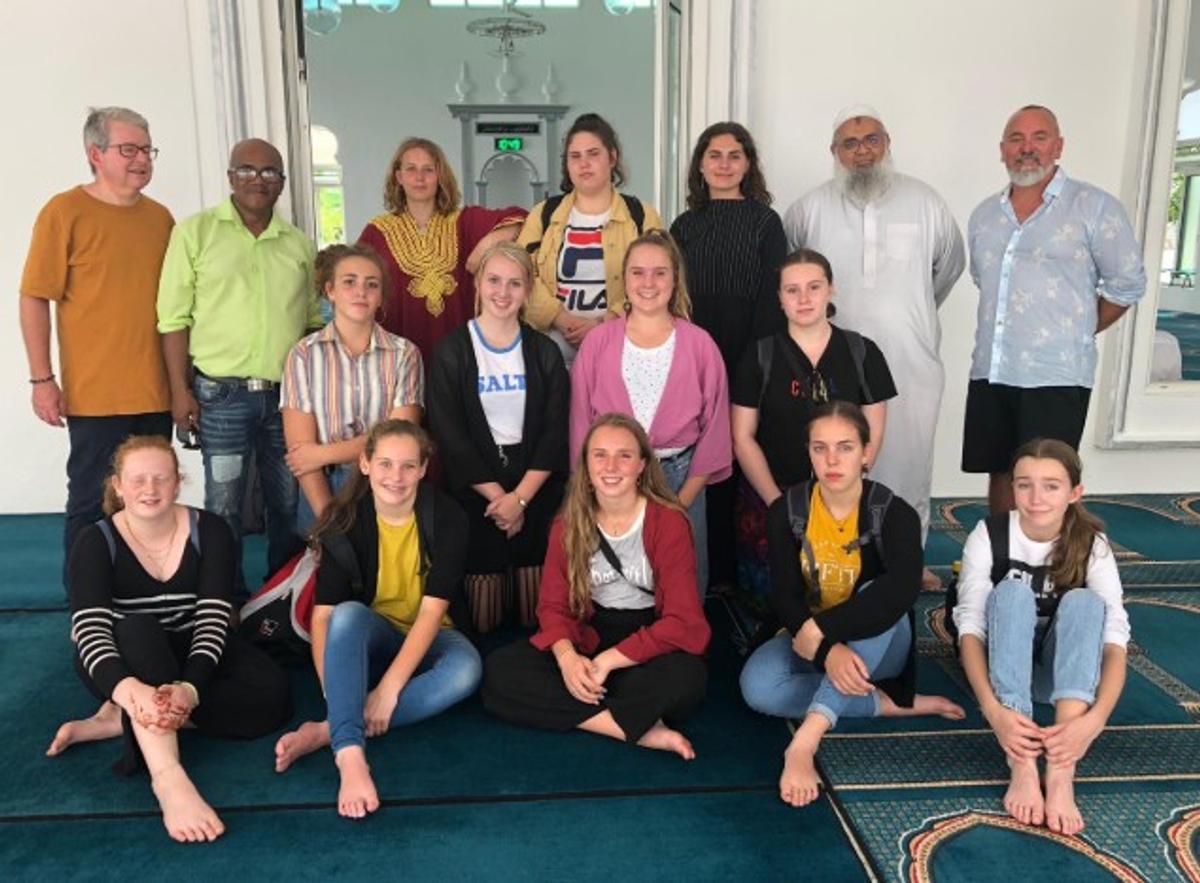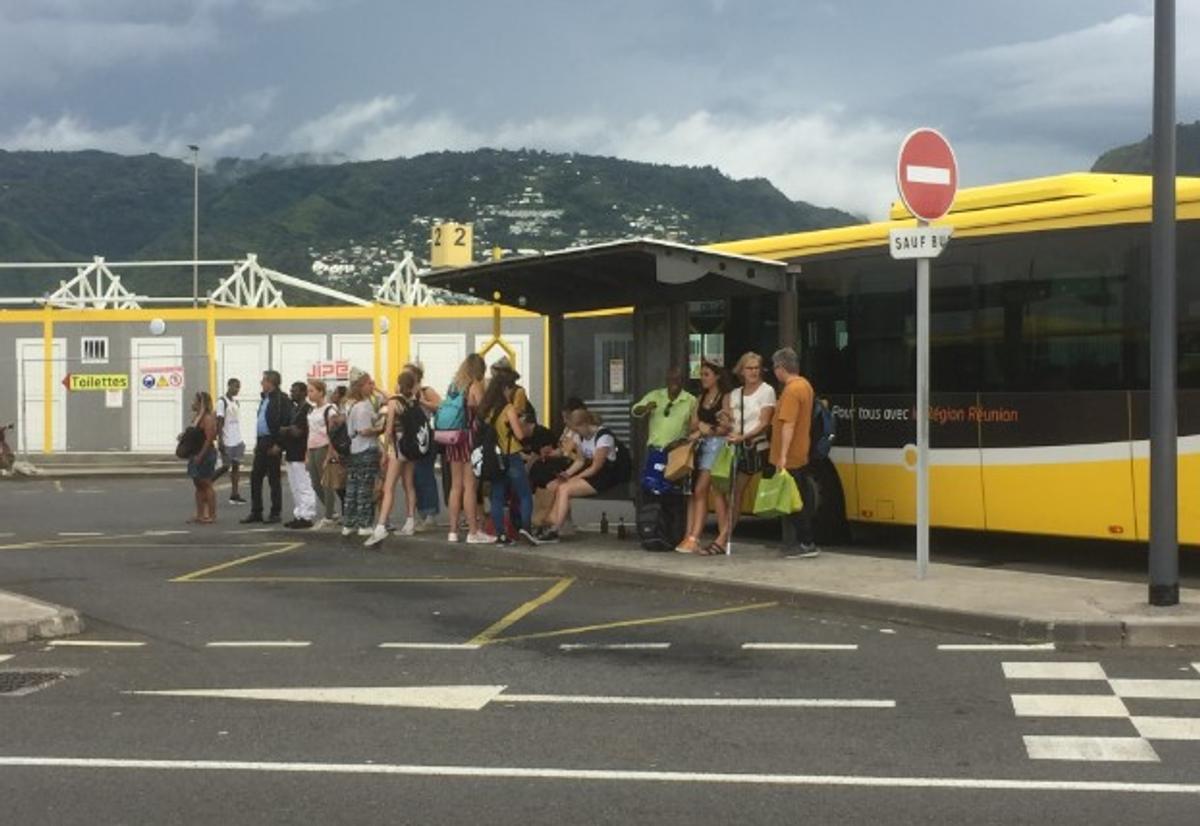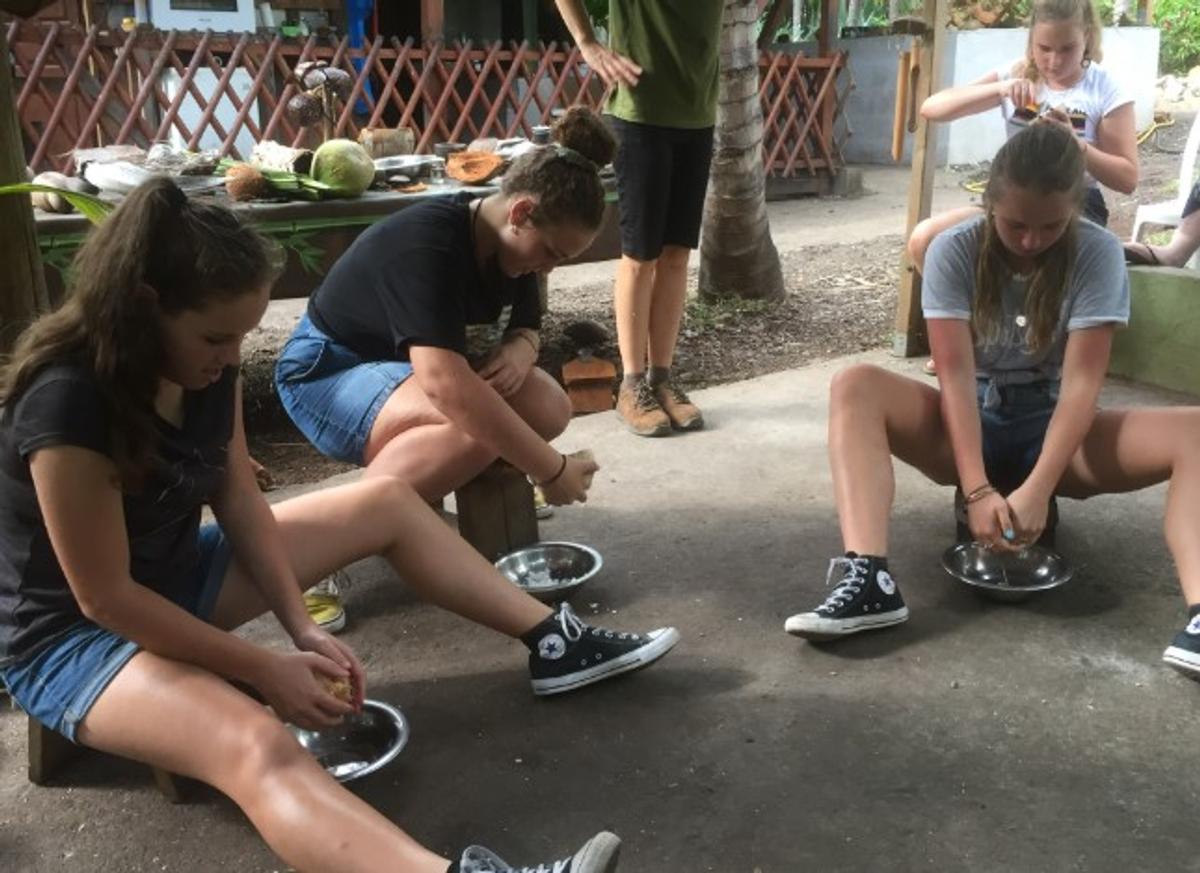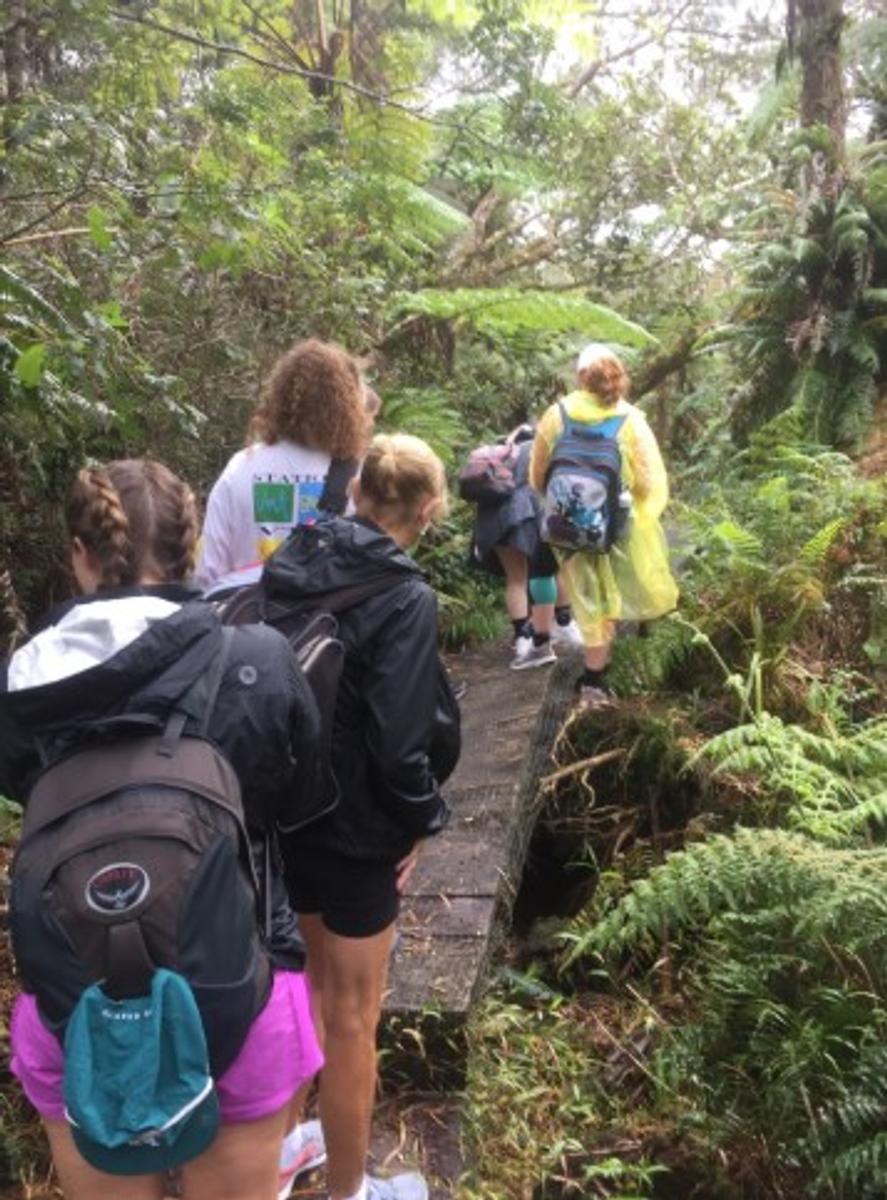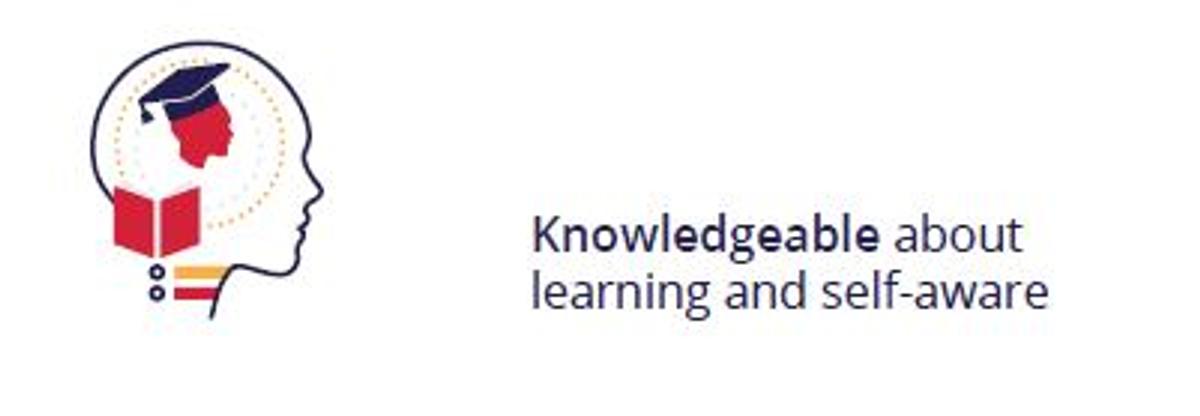Reunion Island Exchange
I returned with Monsieur Keast, Madame Carr and our 13 ‘Soggy Baguettes’ after a wonderful 3 weeks in Mauritius and Reunion Island. See below for some of the photos that highlight some of the highlights!
Teaching the MFG Traits – Part 2
Our teachers have participated in their second whole-staff workshop relating to the development of the pedagogies and the teaching approaches for each of the 11 traits. This involves the four step approach below.
1. DEVELOP REAL UNDERSTANDING OF THE TRAIT
What does this look like when students do it / demonstrate it / behave in this way?
2. ESTABLISH THE CLASSROOM CLIMATE
LANGUAGE - students/teachers
What Language and displays will support the development of the trait?
3. MANAGE THE LEARNING
How do we teach this trait? Strategies and specific techniques?
Resources to support the teaching and each trait’s development?
4. BUILD LEARNER ENGAGEMENT
How do we build learner engagement with it so they ‘own it’?
I am working, with a team of four other teachers on the trait ‘Knowledgeable and Self-Aware’ – below is what we have developed so far.
What is this trait and what does it look like in action?
We recognise our own emotions, thoughts and values
- We can identify and talk about how we are feeling; we know how to manage our emotional weather
- We can assess our strengths and our limitations
- We see the world with a ‘growth mindset’ and demonstrate self-efficacy
We understand how learning happens
- We know that the memory trek is made up of three phrases – noticing with our sensory register, immediate memory, moving information into our working memory and then into the long-term memory
- We teach our students about how learning happens and the importance of practice and rehearsal
- We have an understanding of how our brains and our memories work
- We are open to learning new strategies and approaches to making sense of new information and ideas
We understand ourselves as learners
- We think deeply about our changing identity as a learner, use our learning preferences and set goals to improve our limitations
- We appreciate that mistakes and failure are central to learning progress and improvement
- We are confident and fluent in using the language of learning to describe and understand ourselves as learners in a wide range of contexts
- We teach our students how to record, reflect on and articulate their growth as supple-learning minded, independent learners
- We set realistic learning goals for our students and help them to monitor and celebrate their learning progress and achievements
We model good learning and understand how to build our ‘learning power’
- We talk the language that captures the richness of learning and we make the how of learning explicit
- We encourage our students to be ‘owners of their learning’
- We model our own learning to our students and share with them our learning journey as teachers and as life-long learners.
We create learning environments that promote positive learning behaviours
- We capture student interest and help them to feel comfortable in their learning environment
- We reinforce positive messages about the nature of learning and good learning behaviours
- We talk about learning with our students as much as we talk about our content expertise (‘split screen thinking’)
Strategies and Techniques that our teachers use to develop this trait include:
Dylan Wiliam’s Formative Assessment Strategies
- ‘Self-Reports’
- Plus, Minus, Interesting
- Self-assessment as a routine park of classwork (see reflection prompts pp217)
- ‘Learning Portfolios’
- ‘Question Car Park’
- ‘The REAL Framework’ (reflective questions)
- Student-led Parent-Teacher conferences
- Students as lesson observers
Project Zero Creative Visible Thinking Strategies
- ‘Pass the Parcel’ thinking routine
-

